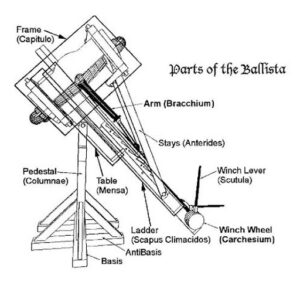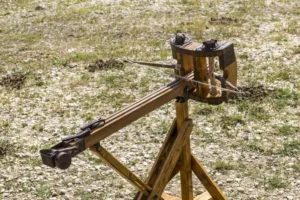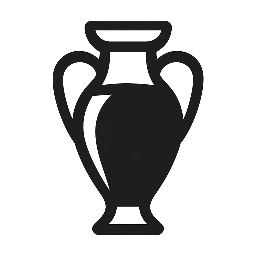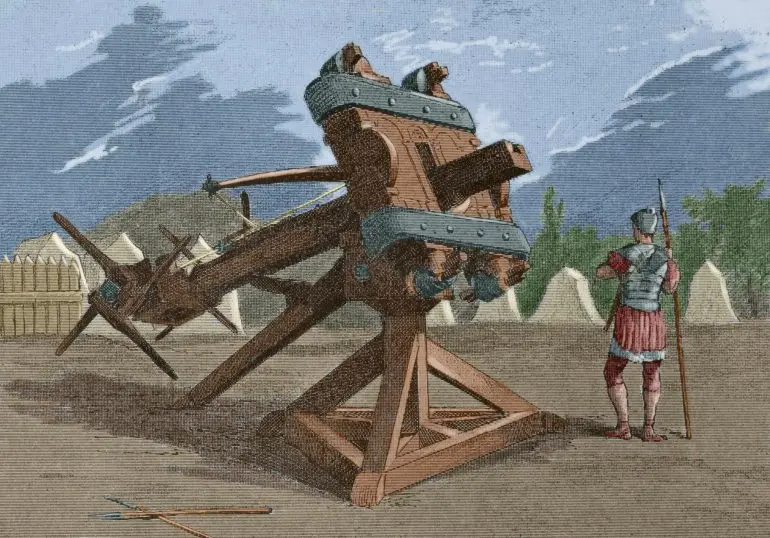Vaša košarica je trenutno prazna!
Discover the history, mechanics, and battlefield dominance of the ballista—an ancient war machine that revolutionized siege warfare and inspired modern engineering.
The ballista was one of the most formidable siege weapons of the ancient world. Developed by the Greeks and later perfected by the Romans, this massive missile launcher combined precision, power, and psychological intimidation. Its name derives from the Greek word ballein, meaning “to throw,” and it lived up to that name by hurling bolts and stones with deadly accuracy across vast distances.
Origins and Evolution
The earliest versions of the ballista appeared in the 4th century BC, likely under the rule of Dionysius of Syracuse. These early machines evolved from handheld crossbows like the gastraphetes and larger tension-based devices such as the oxybeles. However, the real breakthrough came with the invention of torsion spring technology, which used twisted skeins of sinew or hair to store and release energy.
Under Philip II of Macedon and his son Alexander the Great, the ballista became a staple of siege warfare. It was further refined by Roman engineers, who introduced mobile versions like the carroballista, mounted on carts for battlefield flexibility.
How It Worked

The ballista operated like a giant crossbow but with a key difference: instead of a single bowstring, it used two arms inserted into torsion springs. These springs were made from tightly twisted ropes or sinew, which stored immense energy when the arms were drawn back. Upon release, the arms snapped forward, launching a projectile—typically a heavy bolt or stone—with incredible force and precision.
Some ballistae could hurl 60-pound stones over 500 yards, making them ideal for breaching fortifications or targeting enemy formations from a safe distance.
Tactical Impact
The ballista wasn’t just a weapon—it was a psychological tool. Its thunderous release and devastating impact could demoralize enemy troops before a single sword was drawn. In sieges, it was used to destroy walls, towers, and gates. In open battle, it could pick off high-value targets like officers or war elephants.
Roman legions often deployed multiple ballistae in coordinated volleys, creating a deadly rain of projectiles that disrupted enemy lines and cleared paths for infantry advances.
Variants and Innovations

- Scorpio: A smaller, more portable version used for rapid deployment.
- Carroballista: Mounted on carts, offering mobility and quick repositioning.
- Polybolos: A rare, semi-automatic version capable of rapid fire using a chain-driven magazine.
These innovations made the ballista adaptable to various combat scenarios, from sieges to field battles.
Legacy and Influence
The ballista remained in use for over 1,500 years, influencing the design of medieval trebuchets and early cannons. Its principles of torsion and mechanical leverage are still studied in physics and engineering today. Reconstructions of ballistae can be found in museums and historical reenactments, where they continue to awe modern audiences with their ingenuity.
For history enthusiasts, engineers, and gamers alike, the ballista stands as a testament to ancient innovation and the enduring power of mechanical warfare.

